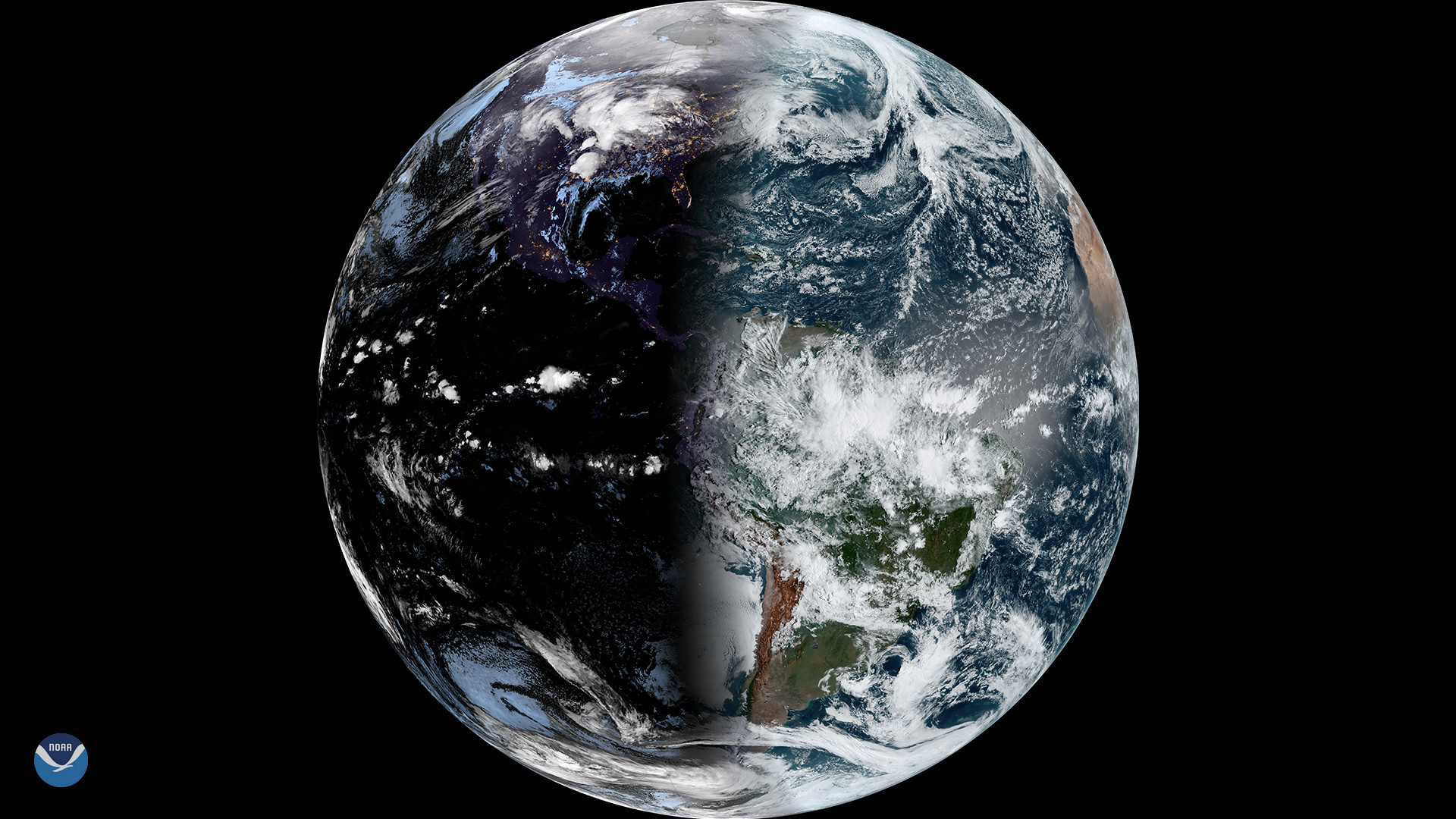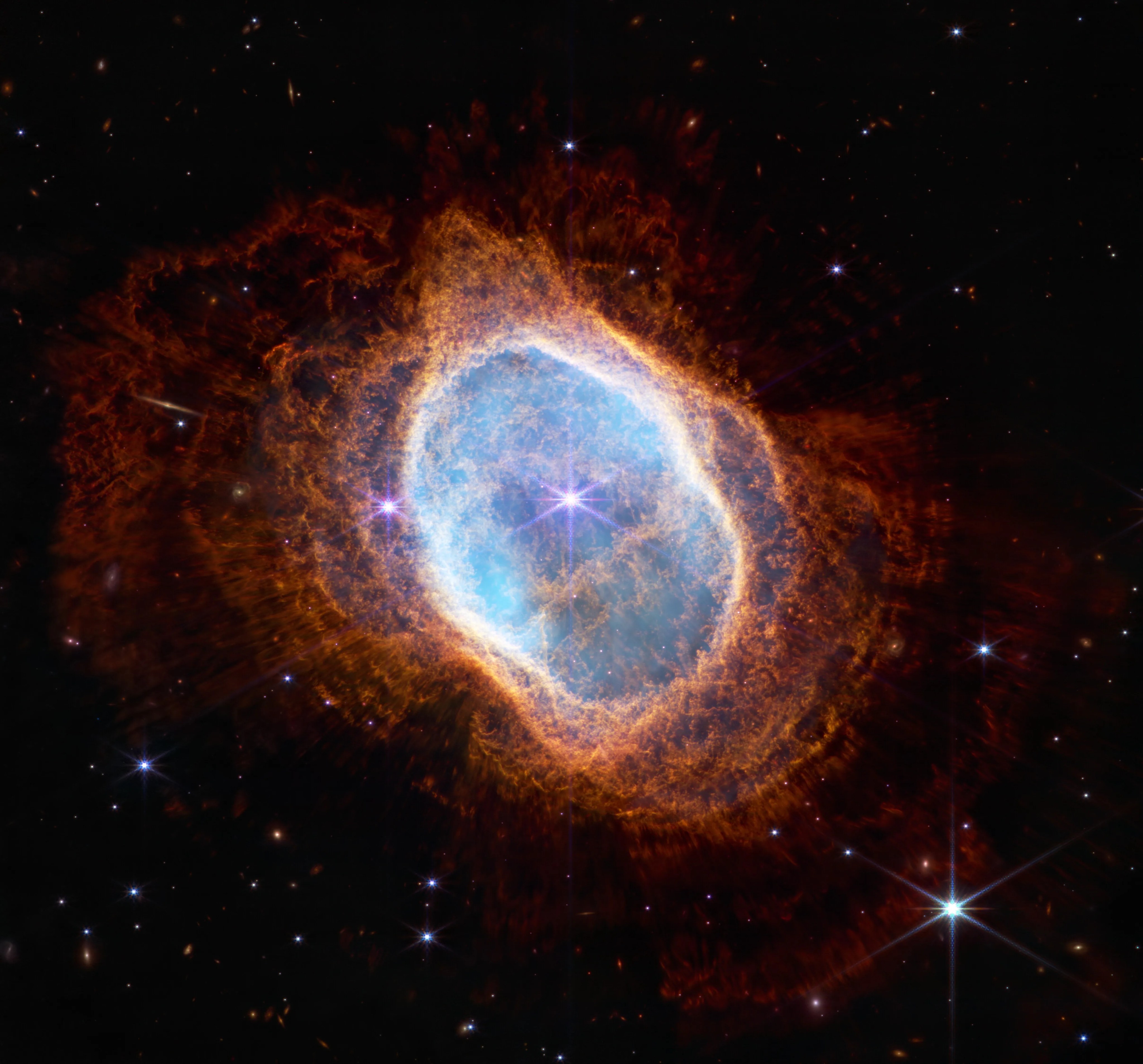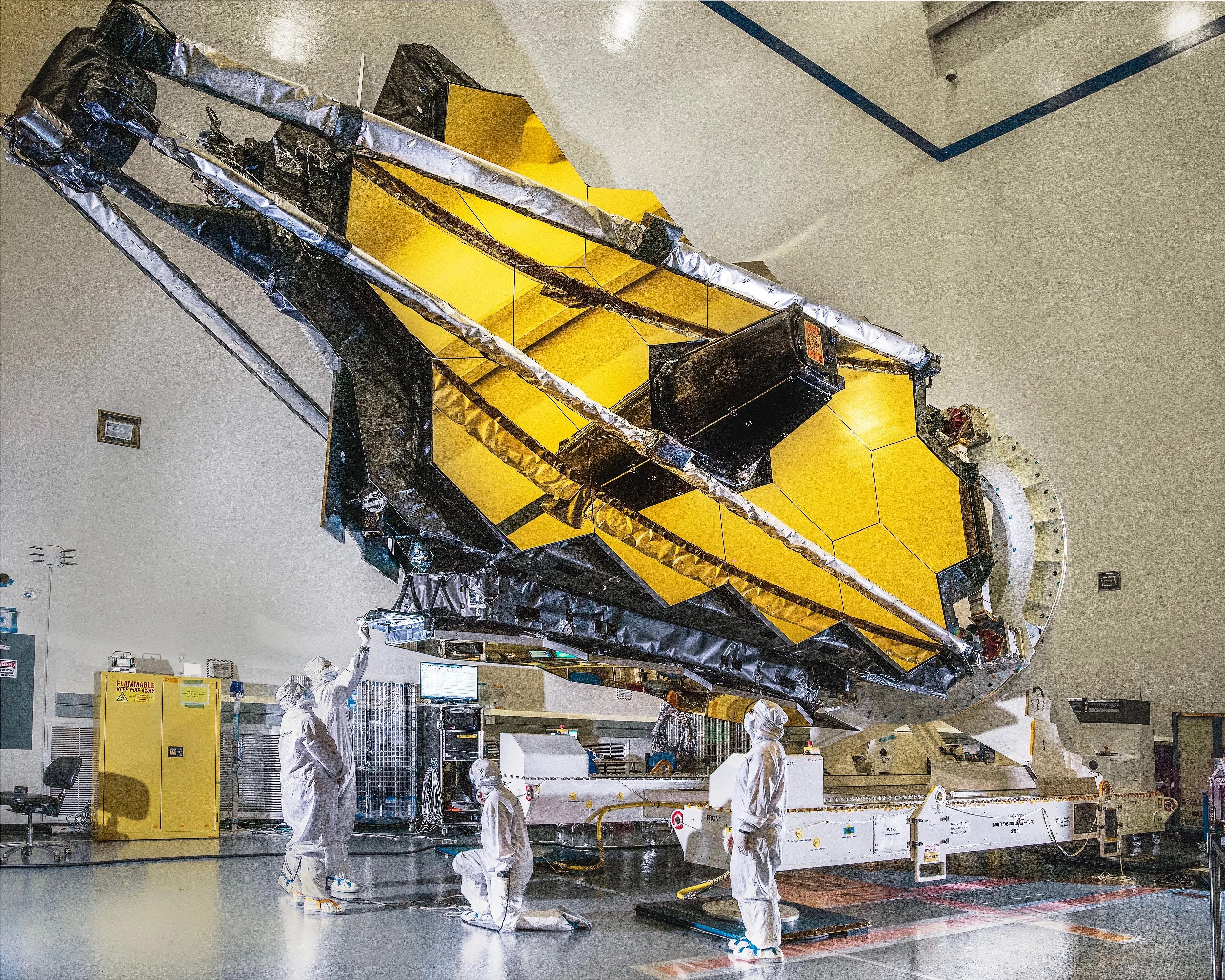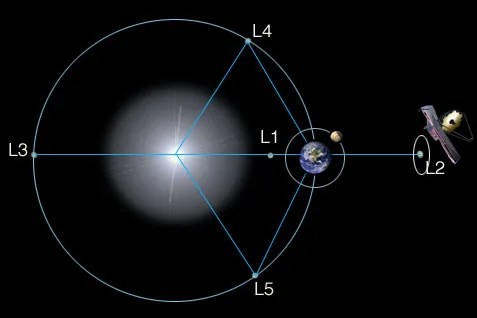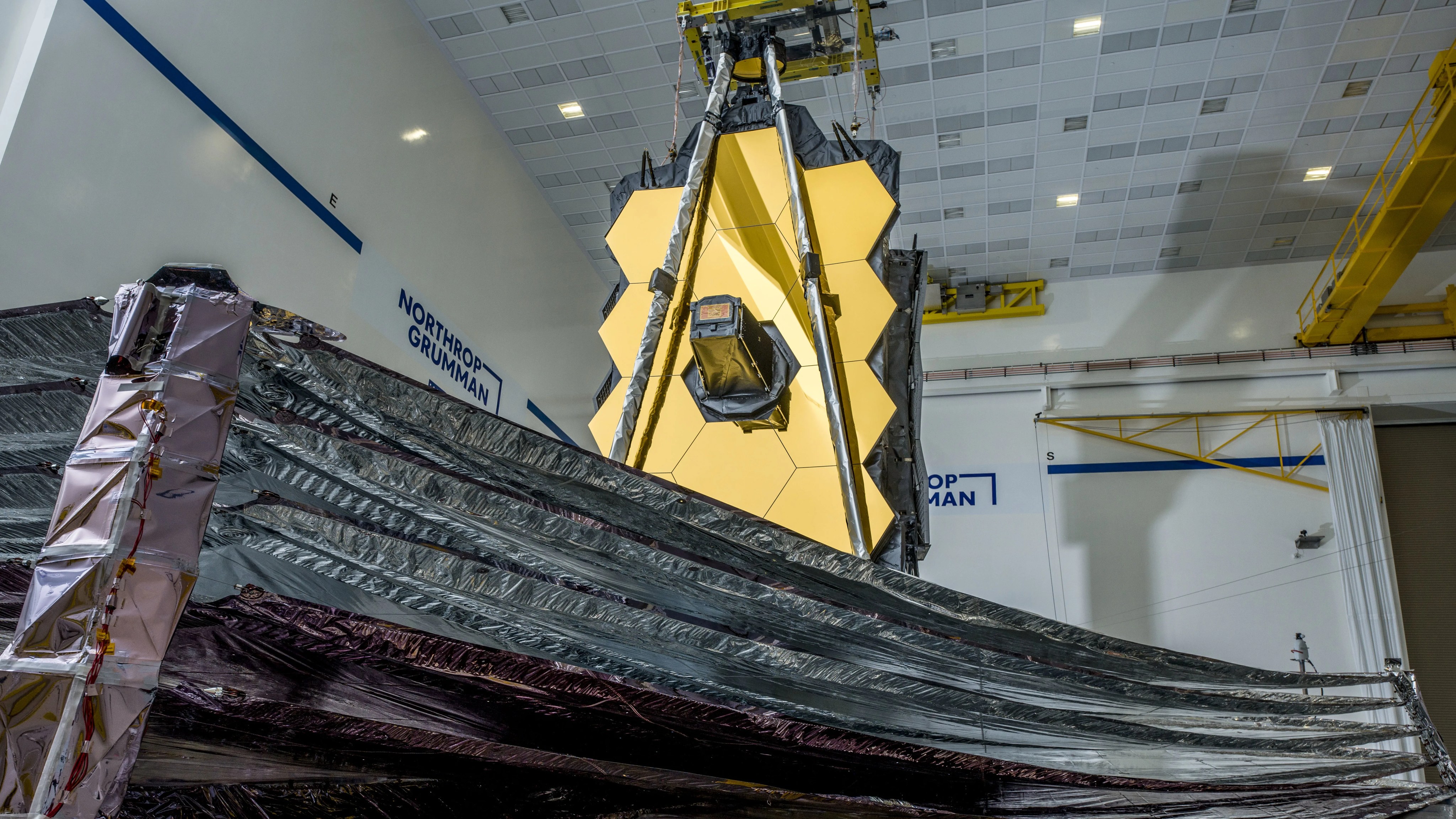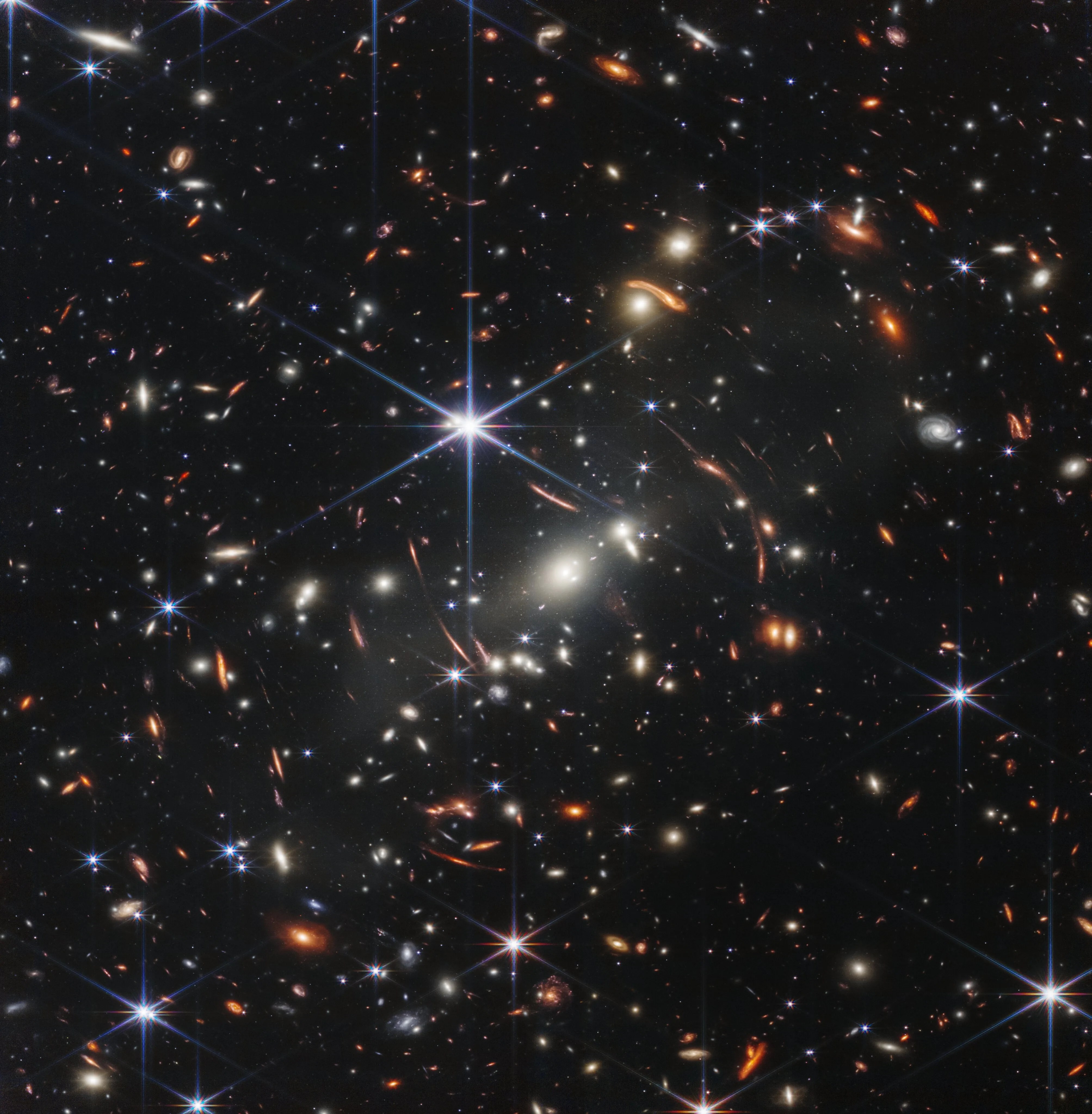James Webb Space Telescope
Webb is the premier observatory of the next decade, serving thousands of astronomers worldwide. It studies every phase in the history of our Universe.
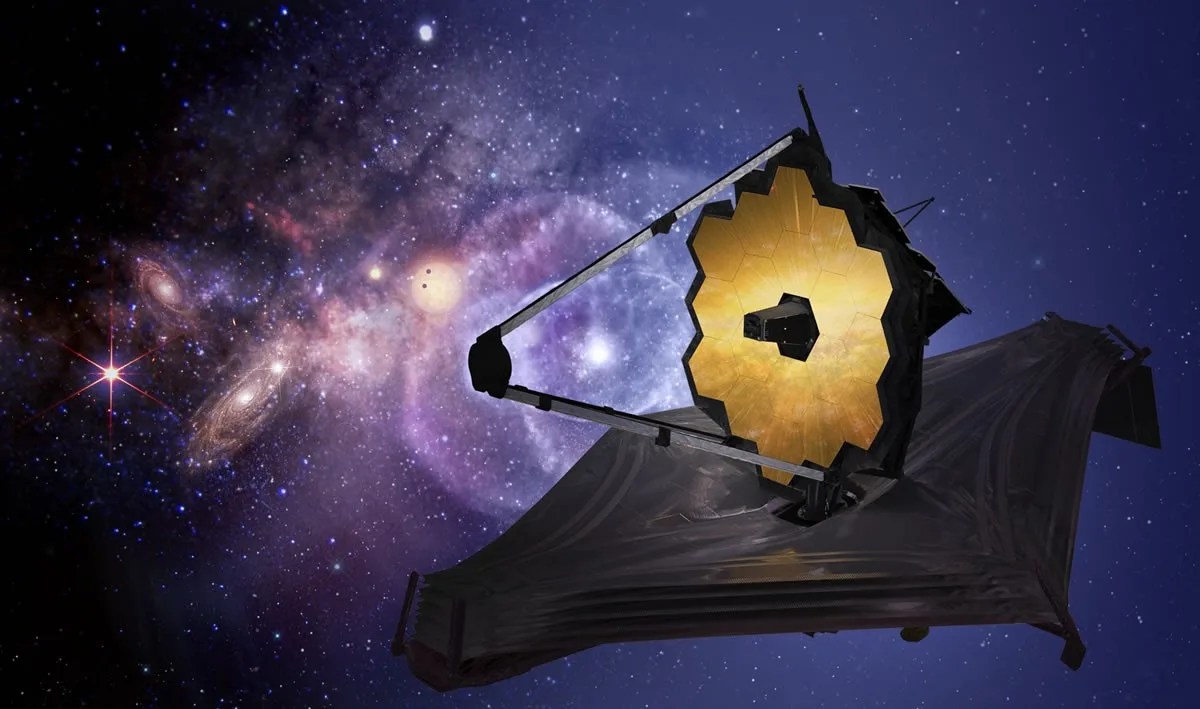
Key Facts
Featured Image/Article
An international team of researchers has successfully used NASA’s James Webb Space Telescope to map the weather on the hot gas-giant exoplanet WASP-43 b.
Precise brightness measurements over a broad spectrum of mid-infrared light, combined with 3D climate models and previous observations from other telescopes, suggest the presence of thick, high clouds covering the nightside, clear skies on the dayside, and equatorial winds upwards of 5,000 miles per hour mixing atmospheric gases around the planet.
The investigation is just the latest demonstration of the exoplanet science now possible with Webb’s extraordinary ability to measure temperature variations and detect atmospheric gases trillions of miles away.
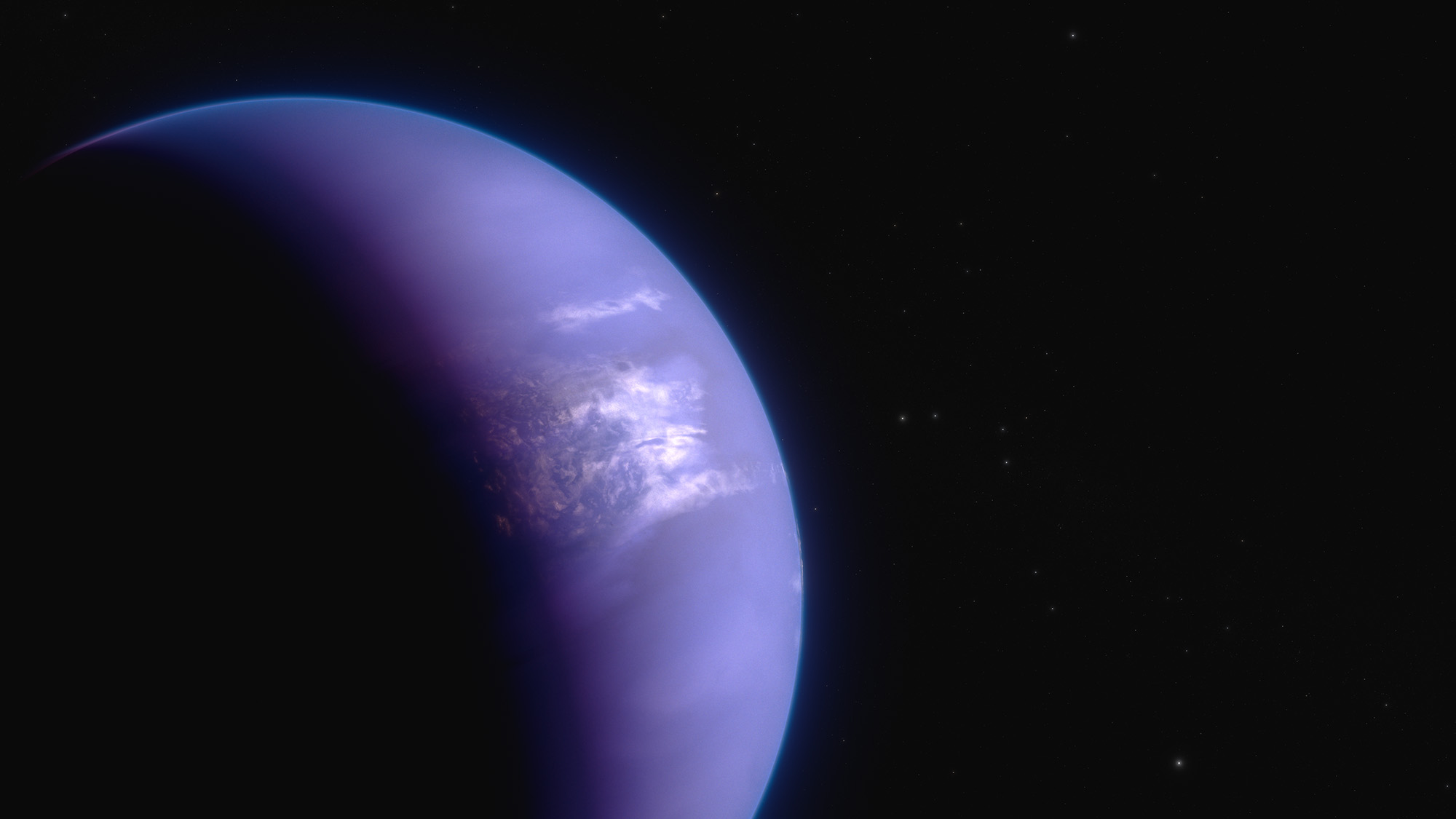
What is Webb Observing?
See current, upcoming and recent past observations scientists are making with the Webb Space Telescope. View details about each observation's science focus areas, the instruments used and more.
View the Tool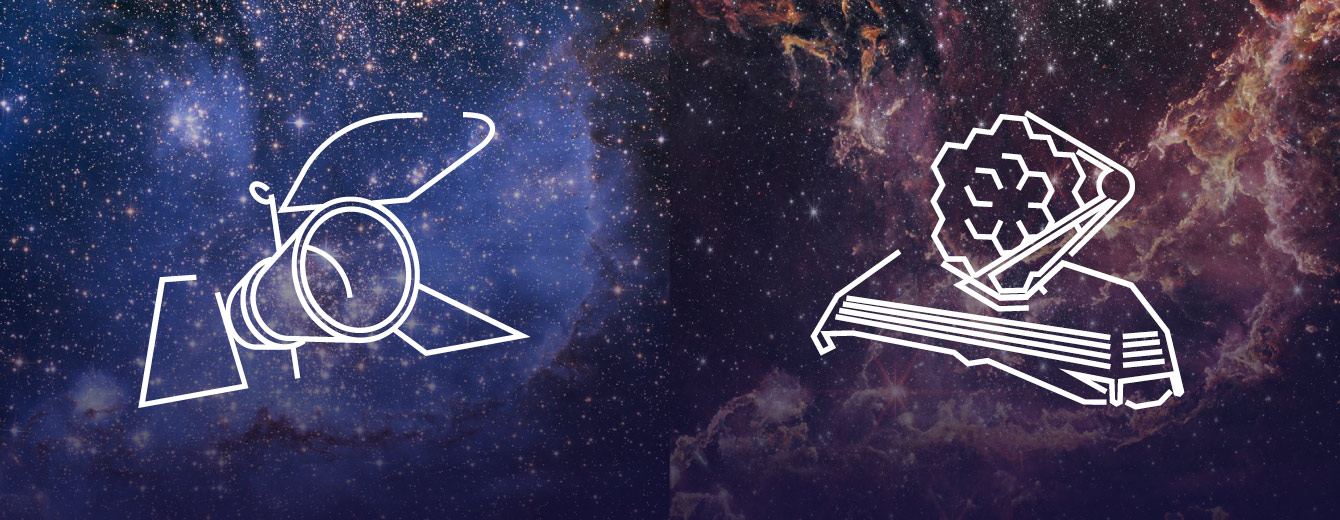
Latest News
Webb's latest news releases in reverse chronological order.

NASA’s Webb Maps Weather on Planet 280 Light-Years Away
An international team of researchers has successfully used NASA’s James Webb Space Telescope to map the weather on the hot gas-giant exoplanet WASP-43 b. Precise brightness measurements over a broad spectrum of mid-infrared light, combined with 3D climate models and…
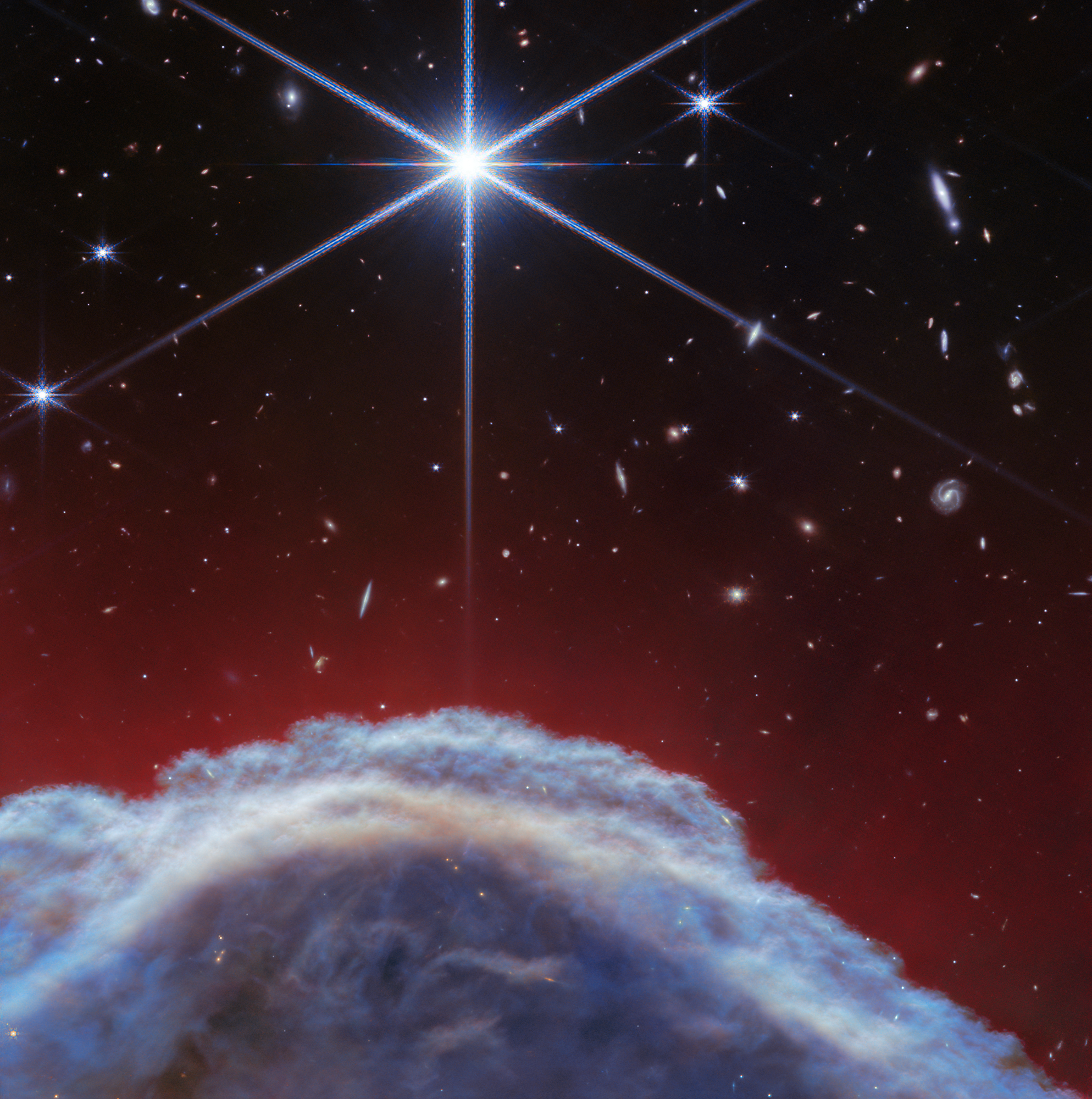
Webb Captures Top of Iconic Horsehead Nebula in Unprecedented Detail
NASA’s James Webb Space Telescope has captured the sharpest infrared images to date of a zoomed-in portion of one of the most distinctive objects in our skies, the Horsehead Nebula. These observations show the top of the “horse’s mane” or…
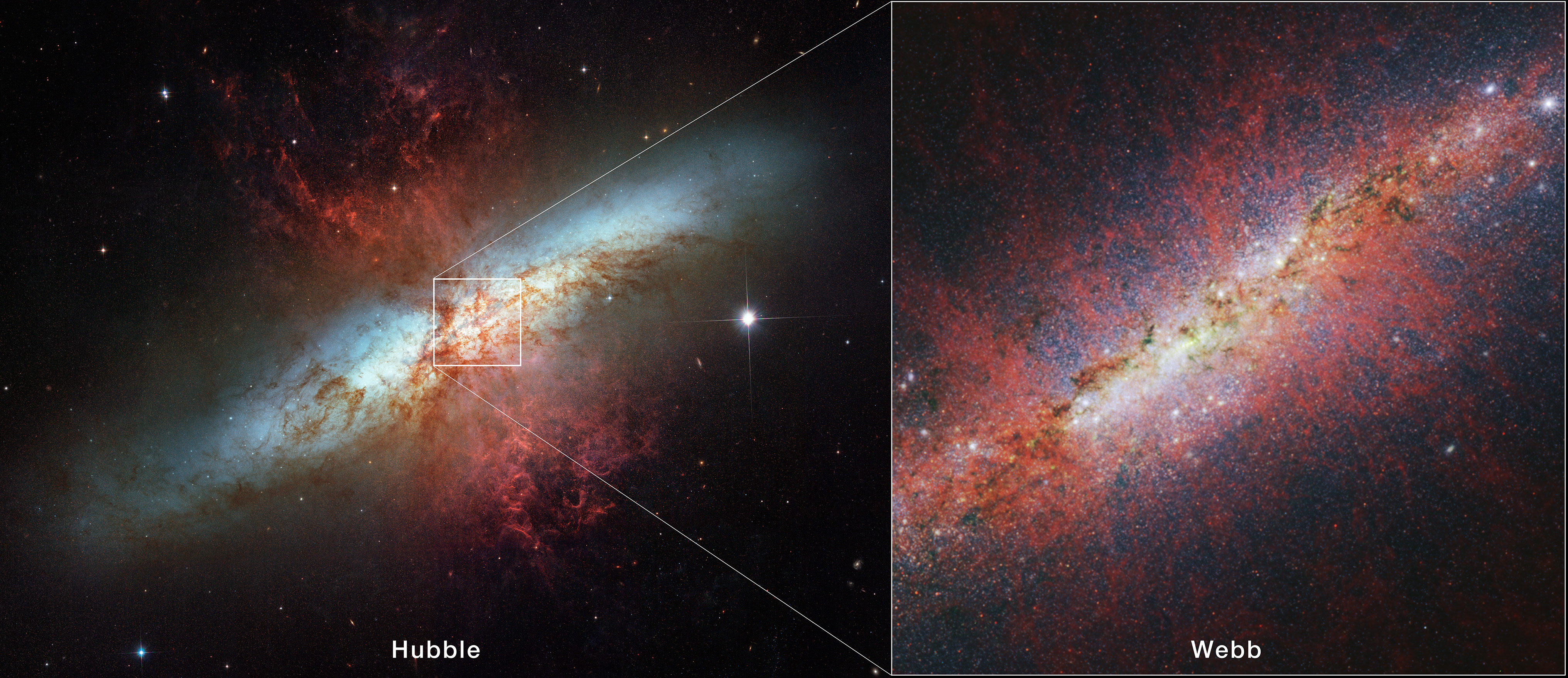
NASA’s Webb Probes an Extreme Starburst Galaxy
Amid a site teeming with new and young stars lies an intricate substructure. A team of astronomers has used NASA’s James Webb Space Telescope to survey the starburst galaxy Messier 82 (M82). Located 12 million light-years away in the constellation…

That Starry Night Sky? It’s Full of Eclipses
Our star, the Sun, on occasion joins forces with the Moon to offer us Earthlings a spectacular solar eclipse – like the one that will be visible to parts of the United States, Mexico, and Canada on April 8. But…
Latest 2024 Images
The image below is a SLIDESHOW. Hover over the image to see the image title and controls. Click the image to go to a detail page with more info and the ability to download the image at various resolutions (click downward arrow in lower right corner).
Webb Celebrates First Year of Science With Close-up on Birth of Sun-like Stars
From our cosmic backyard in the solar system to distant galaxies near the dawn of time, NASA’s James Webb Space…
Read the Story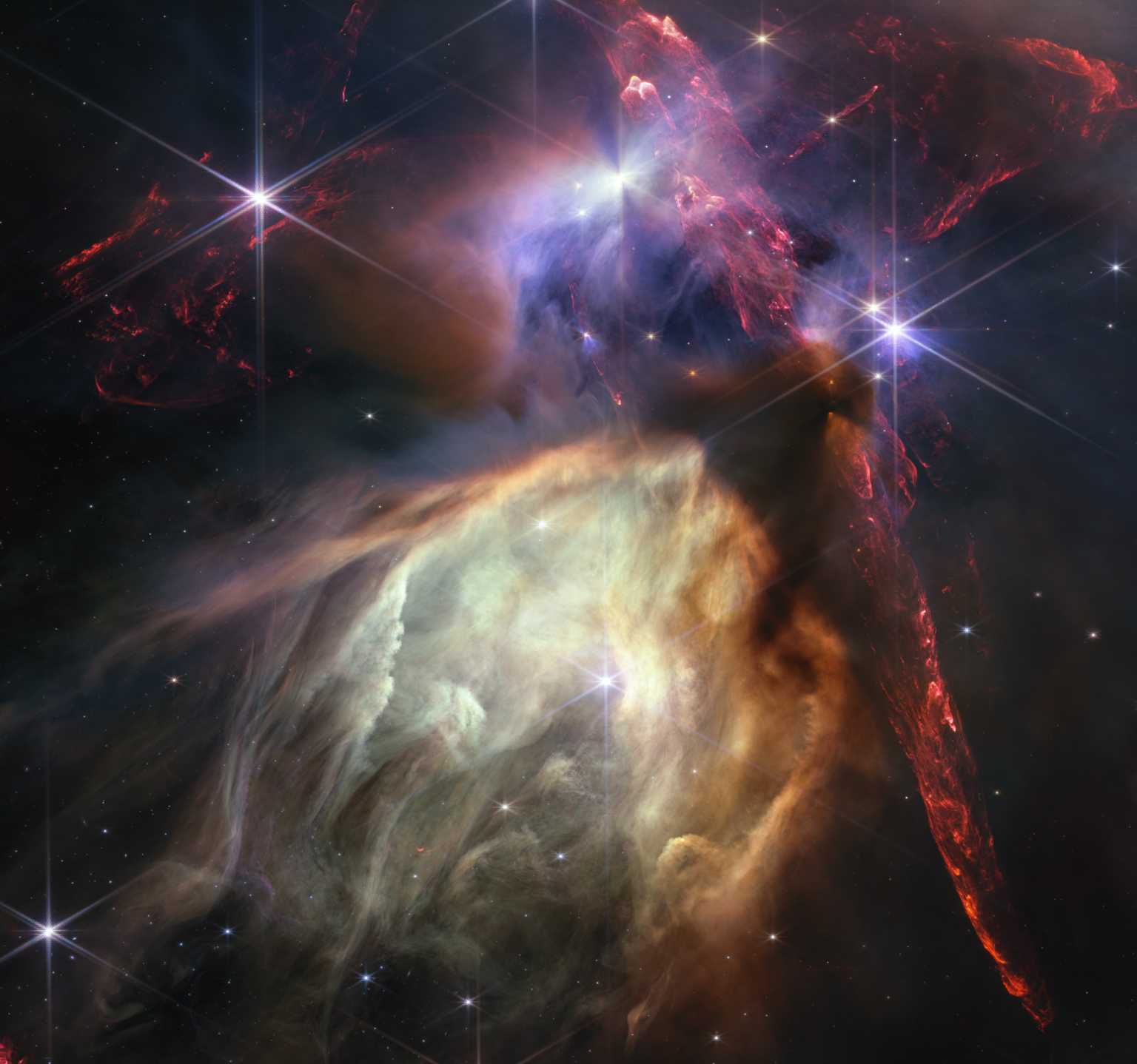
The Webb Mission
Webb is the premier observatory of the next decade, serving thousands of astronomers worldwide. It studies every phase in the history of our Universe, ranging from the first luminous glows after the Big Bang, to the formation of solar systems capable of supporting life on planets like Earth, to the evolution of our own Solar System.
Learn More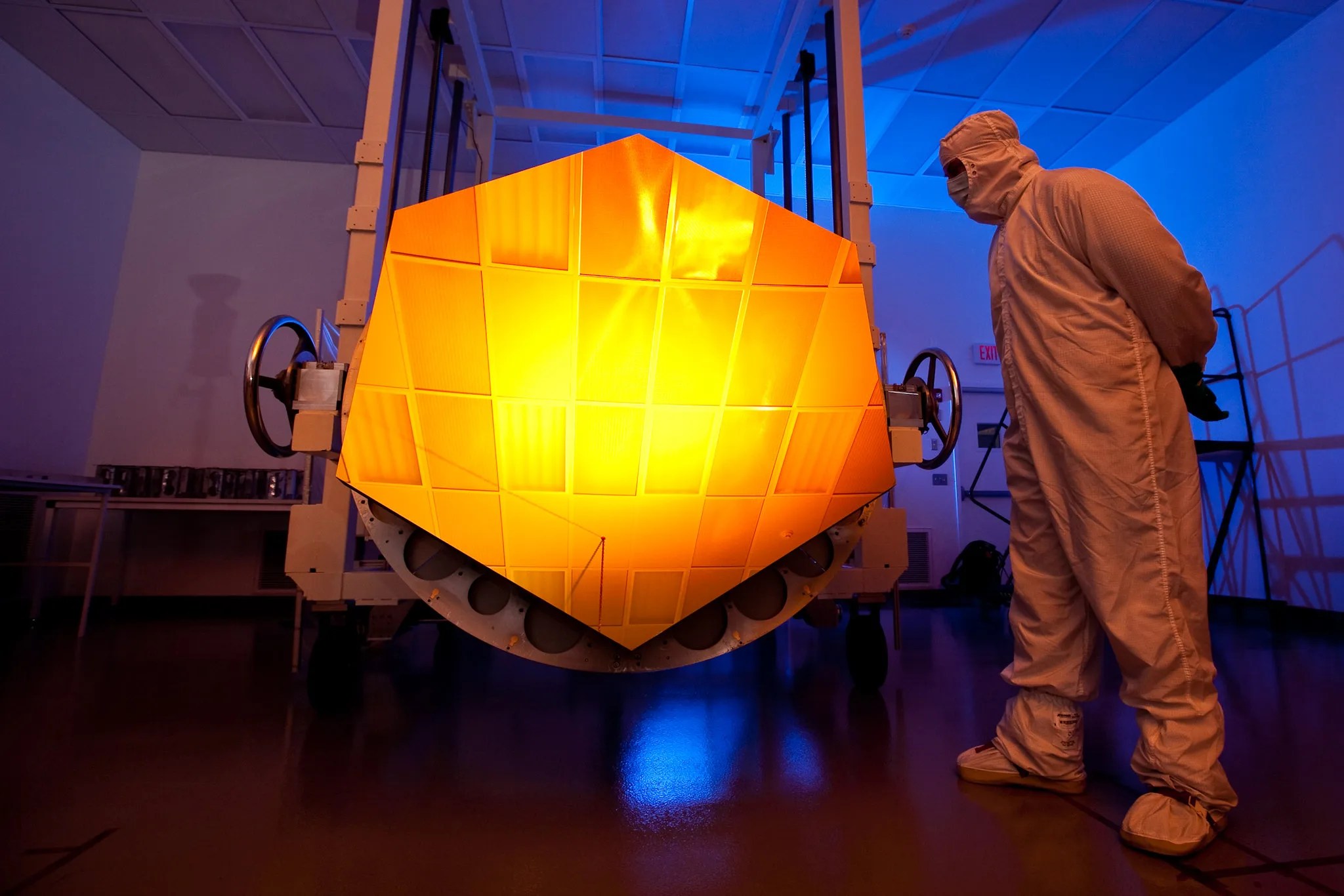
Webb's Science Goals
The James Webb Space Telescope is a giant leap forward in our quest to understand the Universe and our origins. Webb is examining every phase of cosmic history: from the first luminous glows after the Big Bang to the formation of galaxies, stars, and planets to the evolution of our own solar system. Learn about the 4 main science themes for Webb.
Learn More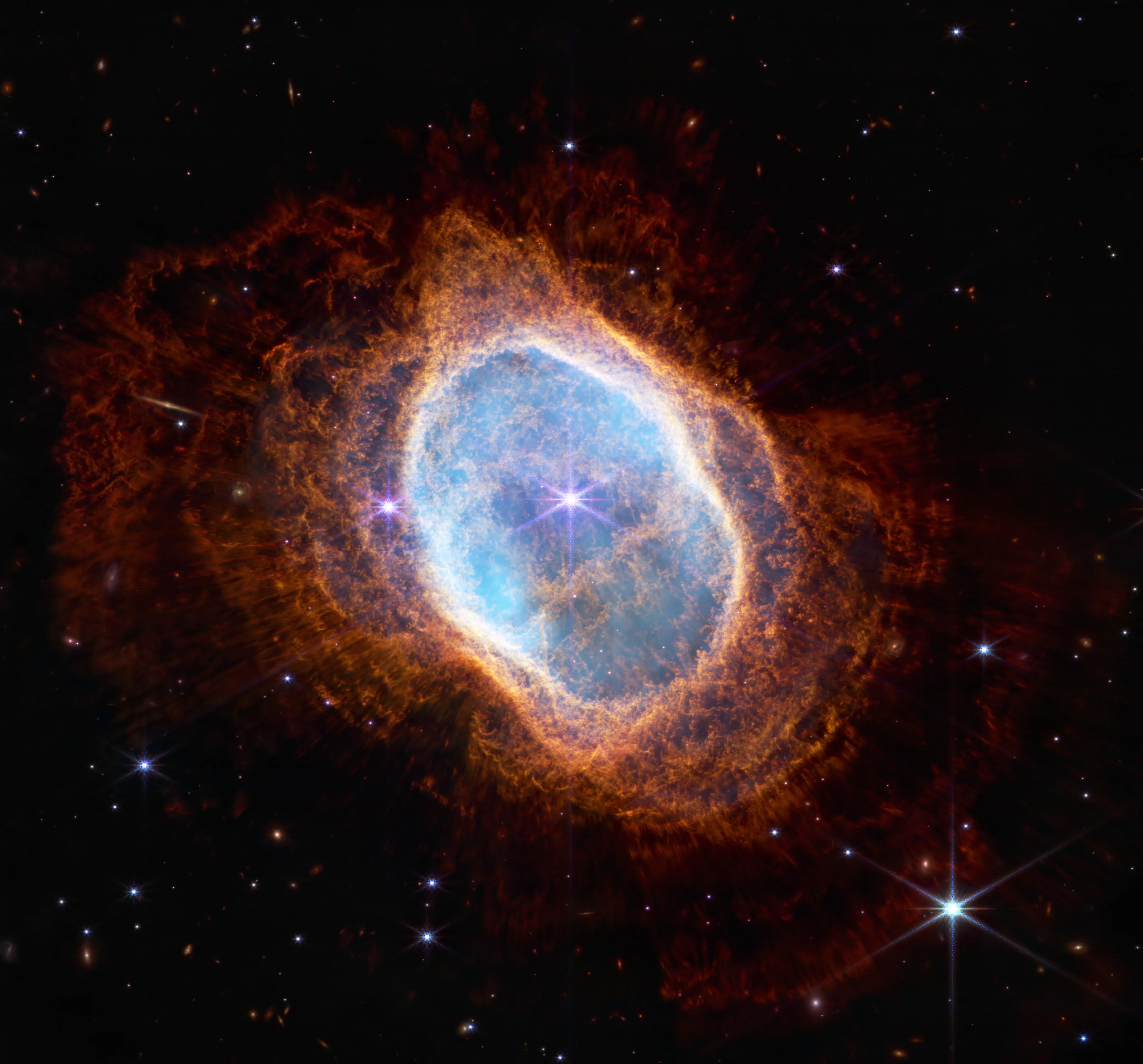
The Spacecraft
The Webb Space Telescope is the largest, most powerful and most complex telescope ever launched into space . It's design and development history stretches back before the Hubble Space Telescope was launched. Learn about the design, the major components and subsystems of Webb and see Webb in 3d in a 3d Solar System.
Learn More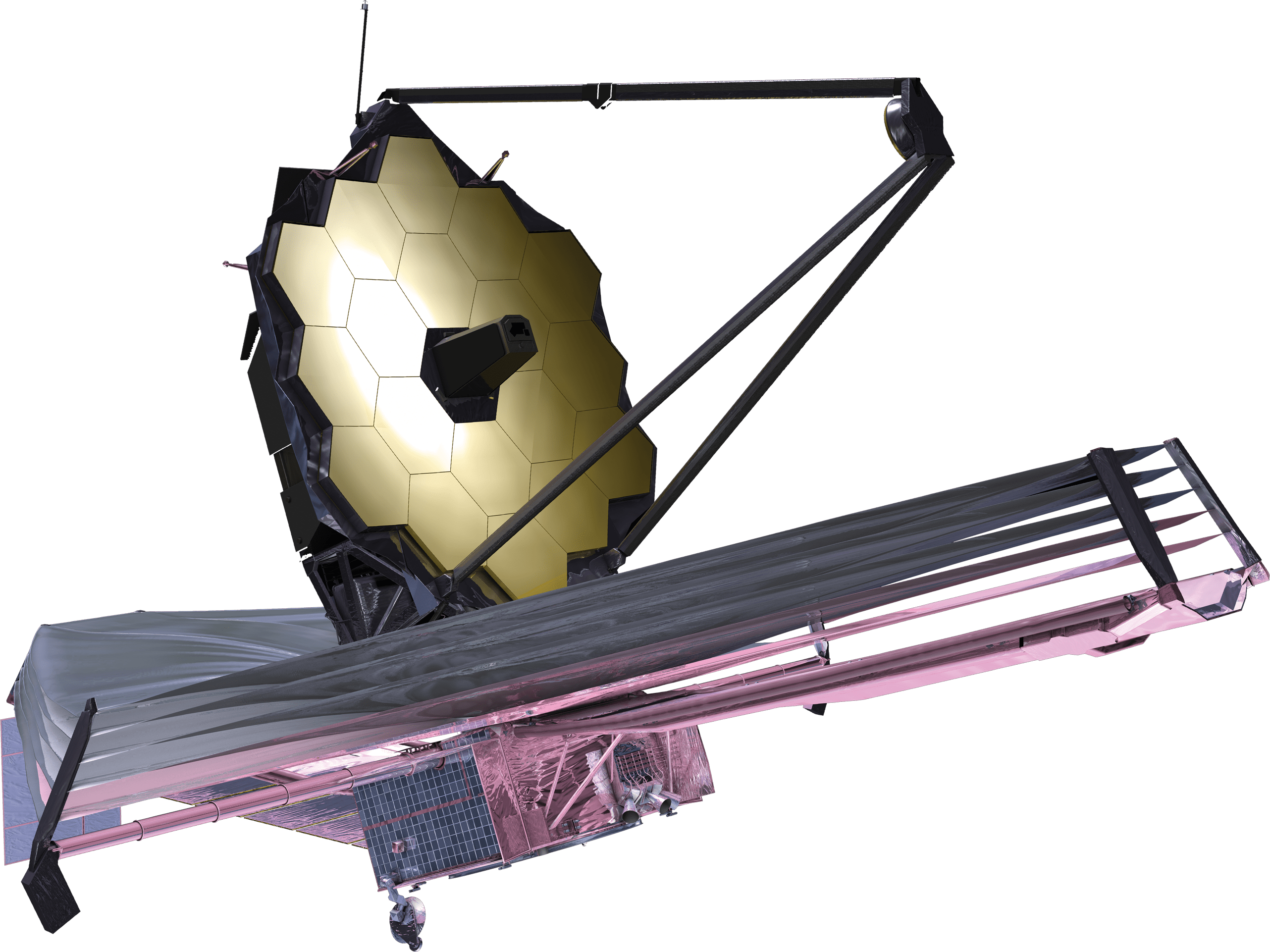
The International Webb Team
Webb is for the world, and from the world. Thousands of skilled scientists, engineers and technicians from 14 countries (and more than 29 U.S. states, and Washington, D.C.) contributed to the design, build, test, integration, launch, commissioning and operations of Webb. It is a joint NASA/ESA/CSA mission. Assembly and testing of the mirror and instruments occurred at NASA Goddard (GSFC).
Learn More